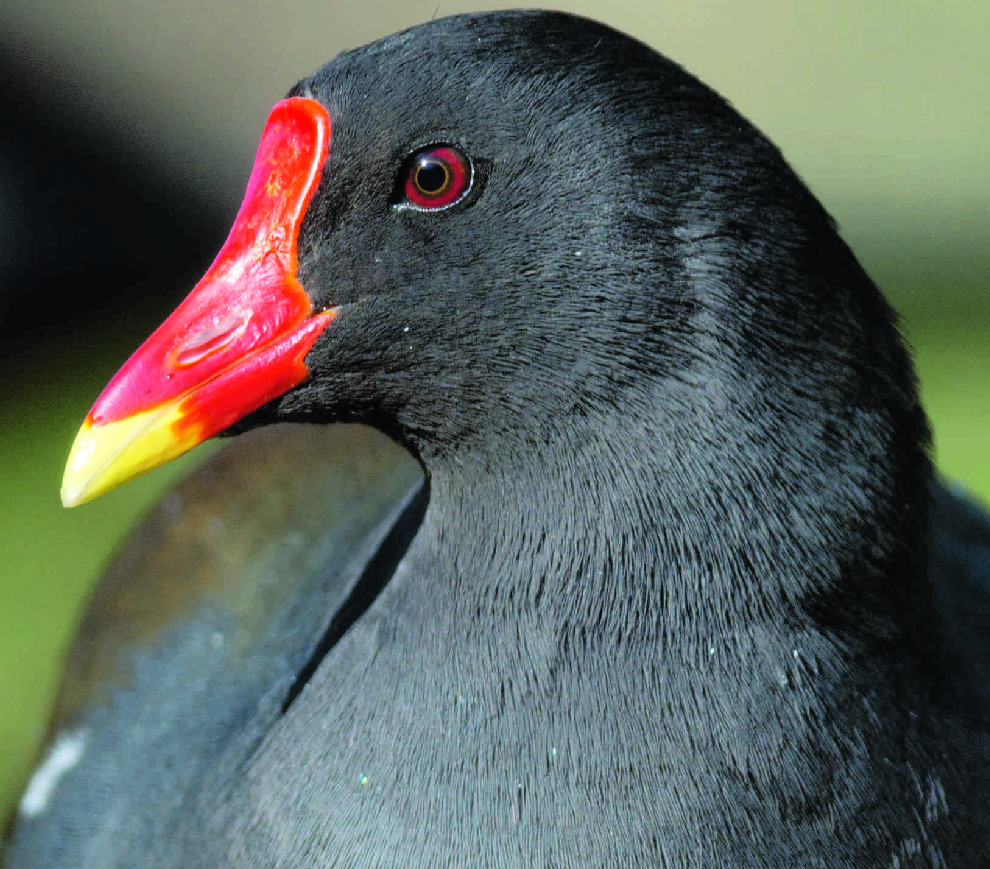Population size and trend, and habitat selection of Common Moorhens (Gallinula chloropus) in Oslo and Akershus, southeastern Norway
DOI:
https://doi.org/10.15845/on.v44i0.3163Keywords:
Common Moorhen, habitat selection, population size, population trend, red listingAbstract
Cover photo: Common Moorhen. Photo: Arild Breistøl.
The Common Moorhen Gallinula chloropus is listed as vulnerable (VU) in Norway due to a small population size (estimated at 110–215 pairs in 2015). The population size is considered stable. More than one quarter of the population (30–70 pairs) is thought to occur in the region of Oslo and Akershus, SE Norway. In 2018, I conducted a comprehensive survey of known and potential breeding sites to assess current population size in Oslo and Akershus. I recorded 74 pairs in 58 sites. To analyse the population trend, I collected all known records of Common Moorhen during the breeding season for the period 1995–2018. Analyses indicated that population size was stable overall. However, compared to data from 1982, sites with the largest number of pairs in 1982 have had declining population size, and these sites also had high nutrient levels. On the other hand, several new breeding sites in recently created ponds in parks, on golf courses and wastewater treatment plants have been established. Dammed ponds were occupied more often than natural waterbodies, and occupied sites were in general at nutrient-rich sites at low elevation close to the coast. Occupancy rate (proportion of years surveyed with Common Moorhen presence) during 1995–2018 was higher for dammed ponds than for natural waterbodies, and higher for smaller wetlands. Thus, analyses suggested that the most suitable sites for Common Moorhen were nutrient-rich small ponds at low elevation close to the coast, and in such sites the Common Moorhen appears to have a stable, but small population size.

Downloads
Published
How to Cite
Issue
Section
License
Copyright (c) 2021 Svein Dale

This work is licensed under a Creative Commons Attribution 4.0 International License.
Articles published prior to September 2020 are subject to the following terms: https://boap.uib.no/index.php/ornis/copyright

